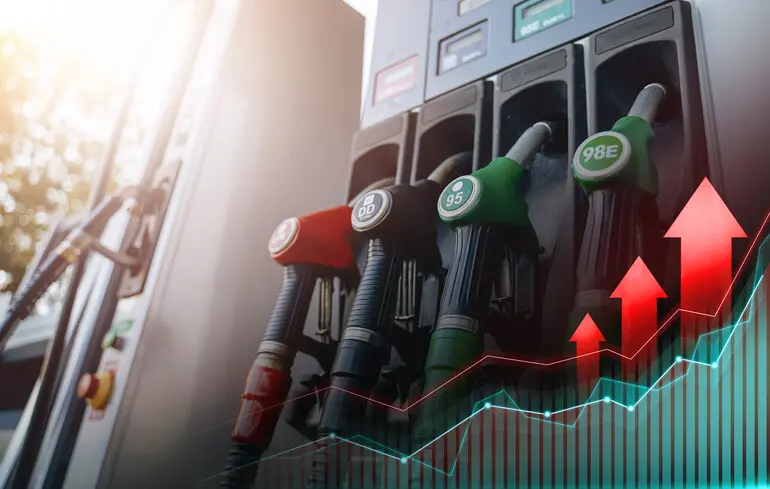Growth in Fuel Station Networks’ Tax Contributions: New Trends and Business Challenges

In the first half of this year, Ukrainian gas station networks have significantly increased their contributions to the national budget, showing a notable rise in operational taxes compared to the same period last year.
According to expert analysis by Sergey Kuyun, director of ‘Consulting Group A-95,’ the total payments made by the ten largest networks of gas stations for operational taxes (excluding import taxes) amounted to more than 6.2 billion hryvnias, representing a thirty percent increase over the first half of 2024.
This trend indicates substantial hidden reserves and signals active tax policy measures in the sector.So, what drives this growth? Experts attribute it mainly to the payment of profit tax and payroll taxes, including personal income tax, unified social contribution, and military levy.
Previously, many networks did not declare profits, and salary levels hovered close to the minimum legal threshold, which created shadow schemes and tax evasion.
The recent increase in the military levy from 1.5% to 5% at the end of 2024 has also contributed—however, the actual tax payments from gas stations grew even more substantially, from 77 million to 344 million hryvnias, demonstrating a shift toward more transparent and compliant practices.A key innovation has been the introduction of advance profit tax payments starting December 2024.
This measure led to unexpected results: most networks, constrained by the automatic minimum contribution ranging from 30 to 60 thousand hryvnias per month depending on fuel sales, opted to pay the minimum tax.
Larger companies like UPG continued to pay higher rates towards the end of the year, highlighting sector-specific strategies.
Overall, tax receipts from other operators — excluding companies like OКKO, WOG, and BVS, which already paid higher taxes — increased sixfold, signaling active adaptation by small and medium-sized networks to new tax norms.
These developments open new opportunities for Ukraine’s fiscal policy while posing fresh challenges for the sector’s long-term sustainability and regulation.

